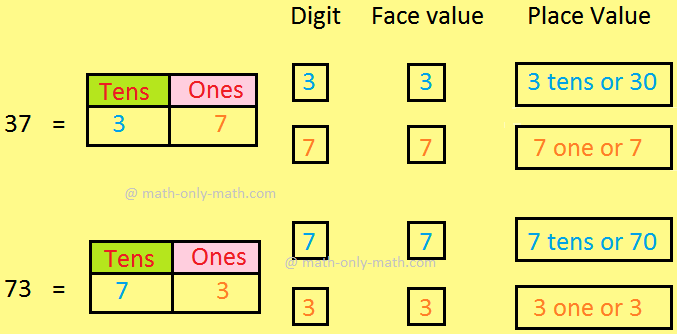Signed-magnitude Representation
What is Signed-magnitude Representation?
The representation of decimal numbers in everyday business is commonly called the signed-magnitude representation.
In this system, a number consists of a magnitude and a symbol which indicates whether the magnitude is positive or negative.
Thus the decimal numbers + 79, - 82, - 25.2 etc. are interpreted in the usual manner.
This mode of representation can be incorporated to binary numbers quite easily by using an extra bit position to represent the sign. This extra bit is called the SIGN BIT and is placed before the magnitude of the number to be represented. Generally, the MSB is the sign bit and the convention is that when the sign bit is 0, the number represented is positive and when the sign bit is 1, the number is negative.
A few examples of 8-bit signed-magnitude binary numbers along with their decimal equivalents are given below to show the point.
(i) (01101101)2 = +(109)10
(ii) (11101101)2 = -(109)10
(iii) (00101011)2 = +(43)10
(iv) (10101011)2 = -(43)10
(v) (00000000)2 = +(0)10
(vi) (10000000)2 = -(0)10
We note that in signed-magnitude representation two possible representations of zero may be obtained.
- Why Binary Numbers are Used
- Binary to Decimal Conversion
- Conversion of Numbers
- Hexa-decimal Number System
- Conversion of Binary Numbers to Octal or Hexa-decimal Numbers
- Octal and Hexa-Decimal Numbers
- Signed-magnitude Representation
- Radix Complement
- Diminished Radix Complement
- Arithmetic Operations of Binary Numbers
From Signed-magnitude Representation to HOME PAGE
Didn't find what you were looking for? Or want to know more information about Math Only Math. Use this Google Search to find what you need.
Recent Articles
-
Place Value and Face Value | Place and Face Value of Larger Number
Apr 13, 25 03:12 PM
The place value of a digit in a number is the value it holds to be at the place in the number. We know about the place value and face value of a digit and we will learn about it in details. We know th… -
Face Value and Place Value|Difference Between Place Value & Face Value
Apr 13, 25 03:07 PM
What is the difference between face value and place value of digits? Before we proceed to face value and place value let us recall the expanded form of a number. The face value of a digit is the digit… -
Place Value and Face Value | Basic Concept on Place Value | Face Value
Apr 13, 25 02:59 PM
Learn the easiest way to understand the basic concept on place value and face value in the second grade. Suppose we write a number in figures 435 in words we write four hundred thirty five. -
Expressing Place Value and Face Value | International & Indian System
Apr 13, 25 02:35 PM
We will learn expressing place value and face value of a digit in any number in International and Indian system. Place value: We know how to find out the place value of a digit in any number. -
5th Grade Decimals | Word Problem on Decimals | Concept of Decimals
Apr 13, 25 02:16 PM
A fractional number whose denominator is 10 or multiple of 10 is called a decimal. Every decimal has two parts whole number part and decimal part. These two parts are separated by a dot or point. This…





New! Comments
Have your say about what you just read! Leave me a comment in the box below. Ask a Question or Answer a Question.